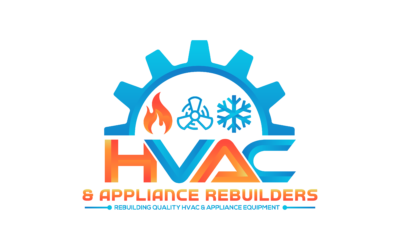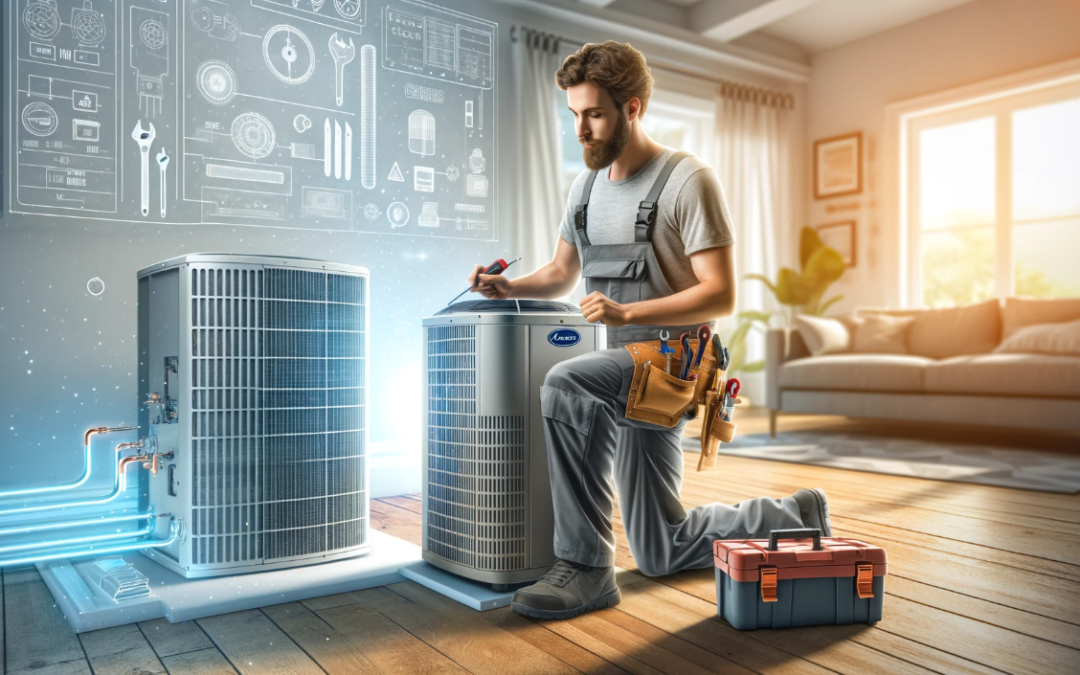Heat pumps are an increasingly popular choice for homeowners looking to achieve efficient heating and cooling in their homes. This guide will provide a detailed overview of the heat pump installation process, benefits, and considerations to ensure your system operates effectively and reliably. Whether you’re installing a heat pump for the first time or upgrading your existing system, this comprehensive guide has you covered.
Understanding Heat Pumps
What is a Heat Pump?
A heat pump is an energy-efficient system that provides both heating and cooling by transferring heat between the indoors and outdoors. Unlike traditional heating systems that generate heat, heat pumps move heat, making them a more sustainable and cost-effective solution.
Types of Heat Pumps
Air-Source Heat Pumps
- These are the most common type and work by transferring heat between your house and the outside air.
Ground-Source (Geothermal) Heat Pumps
- These systems transfer heat between your house and the ground. They are more efficient but also more expensive to install.
Water-Source Heat Pumps
- These systems transfer heat between your house and a nearby water source.
Benefits of Heat Pump Installation
Energy Efficiency
- Heat pumps are known for their high efficiency, which can lead to significant energy savings.
Dual Functionality
- Heat pumps provide both heating and cooling, making them a versatile option for year-round comfort.
Environmentally Friendly
- By reducing the reliance on fossil fuels, heat pumps can lower your carbon footprint.
Consistent Comfort
- Heat pumps maintain a more consistent indoor temperature compared to traditional HVAC systems.
Preparing for Heat Pump Installation
1. Home Assessment
- Conduct a thorough assessment of your home’s heating and cooling needs. Consider factors such as the size of your home, insulation quality, and existing HVAC infrastructure.
2. Choosing the Right System
- Select a heat pump that matches your home’s requirements. Consider the type of heat pump, its capacity, and energy efficiency ratings.
3. Site Preparation
- Ensure the installation site is ready. This may include clearing the area for the outdoor unit and ensuring electrical connections are in place.
The Installation Process
Step-by-Step Guide
1. Installation of the Outdoor Unit
- The outdoor unit is installed on a level surface, typically on a concrete pad or mounting brackets.
2. Installation of the Indoor Unit
- The indoor unit is usually mounted on an interior wall. This unit includes the evaporator coil and air handler.
3. Connecting Refrigerant Lines
- Refrigerant lines are installed to connect the indoor and outdoor units. These lines carry the refrigerant that transfers heat.
4. Electrical Connections
- The system is connected to your home’s electrical system. This step should be performed by a licensed electrician.
5. Testing the System
- Once installed, the system is tested to ensure it operates correctly. This includes checking refrigerant levels, thermostat settings, and overall functionality.
Maintenance Tips
Regular Maintenance
- Schedule bi-annual maintenance checks to keep your heat pump running efficiently. This includes cleaning or replacing filters, checking refrigerant levels, and inspecting electrical components.
DIY Maintenance
- Homeowners can perform basic maintenance tasks such as keeping the outdoor unit free of debris and ensuring the indoor unit’s air filter is clean.
Common Challenges and Solutions
Space Constraints
- Ensure there is enough space around the outdoor unit for proper airflow and maintenance access.
Weather Protection
- Protect the outdoor unit from extreme weather conditions with a suitable cover or shelter.
System Compatibility
- Ensure your new heat pump is compatible with existing ductwork and electrical systems.
Summary
Installing a heat pump is a significant investment that can provide long-term energy savings and improved home comfort. By following the steps outlined in this guide and ensuring professional installation and regular maintenance, you can maximize the benefits of your heat pump system. For expert installation and service, trust HVAC REBUILDERS to deliver the quality and reliability you need.

